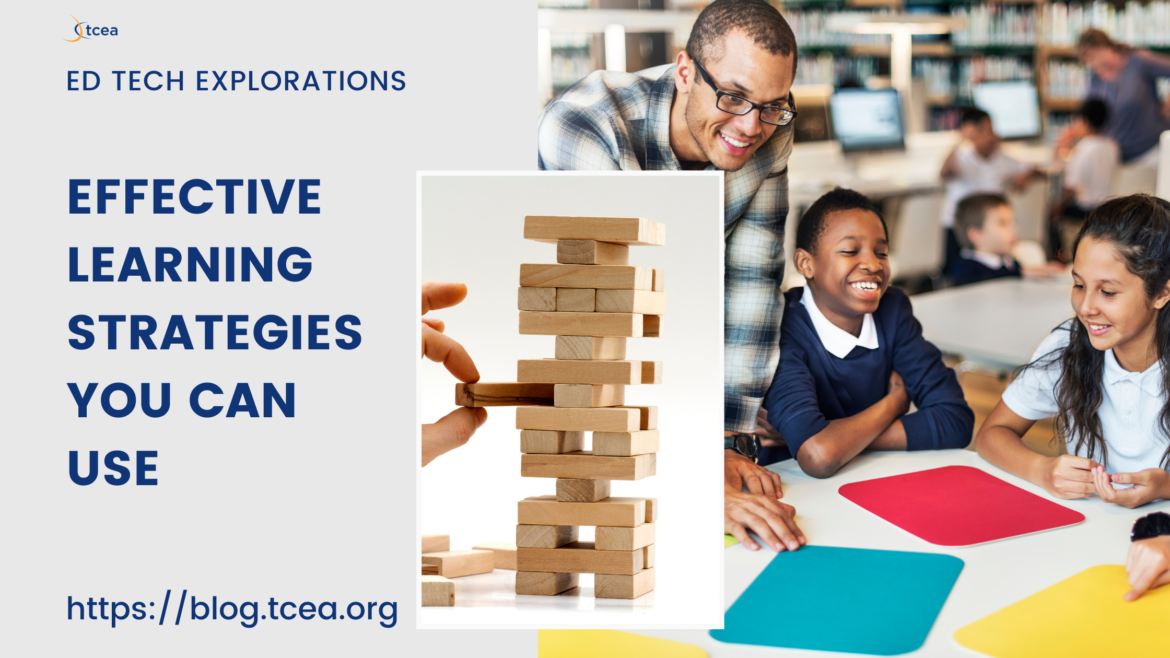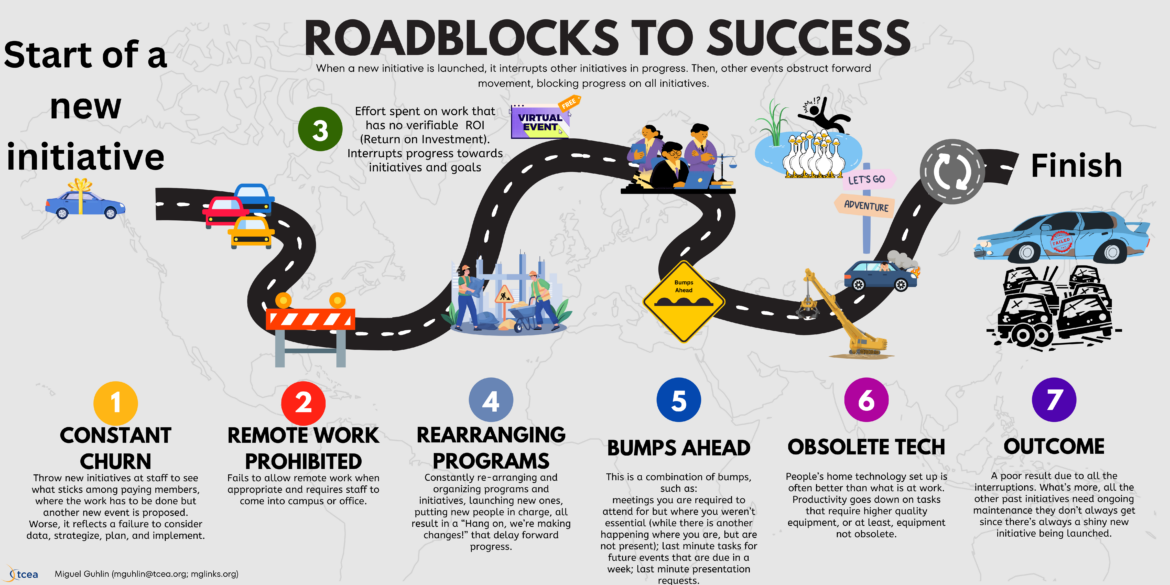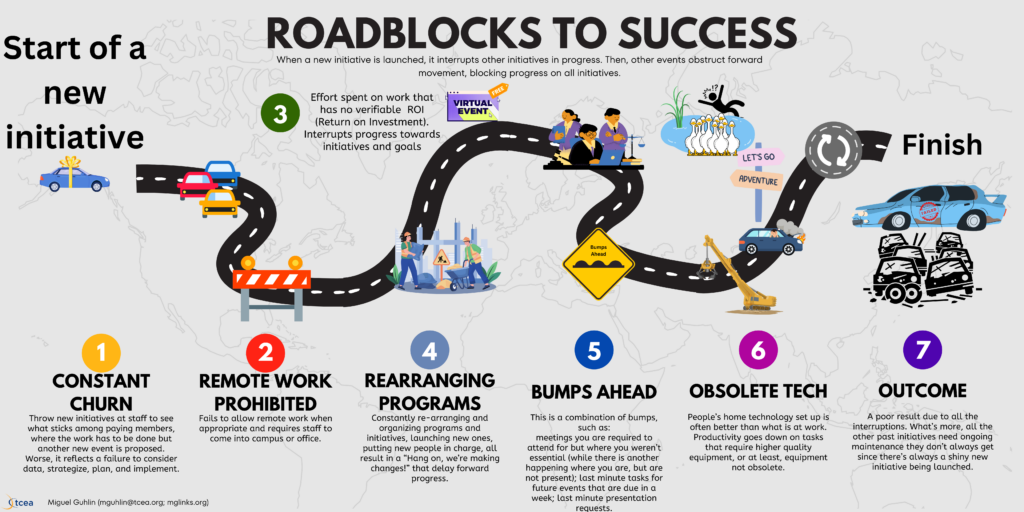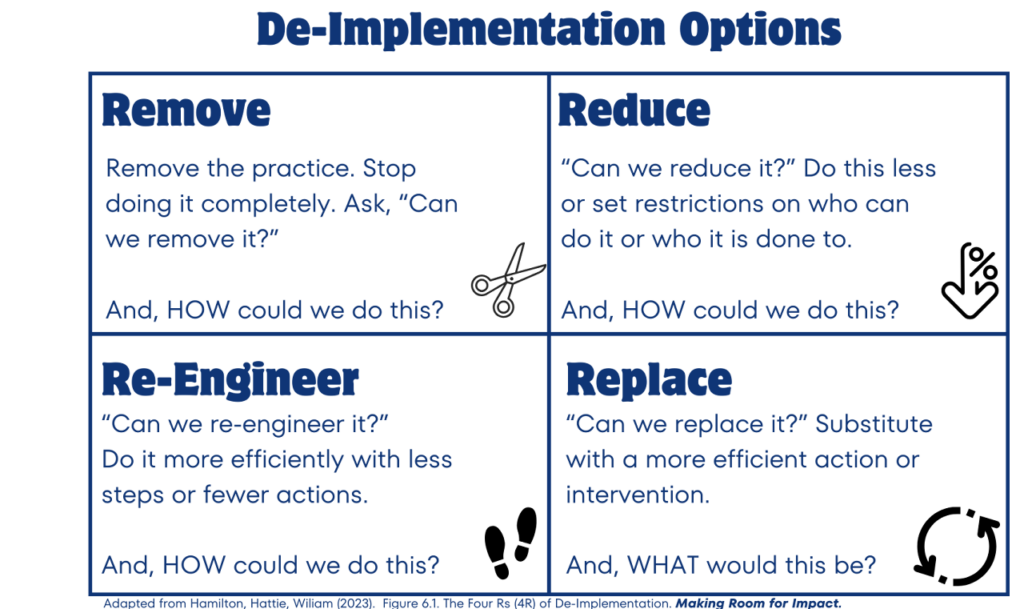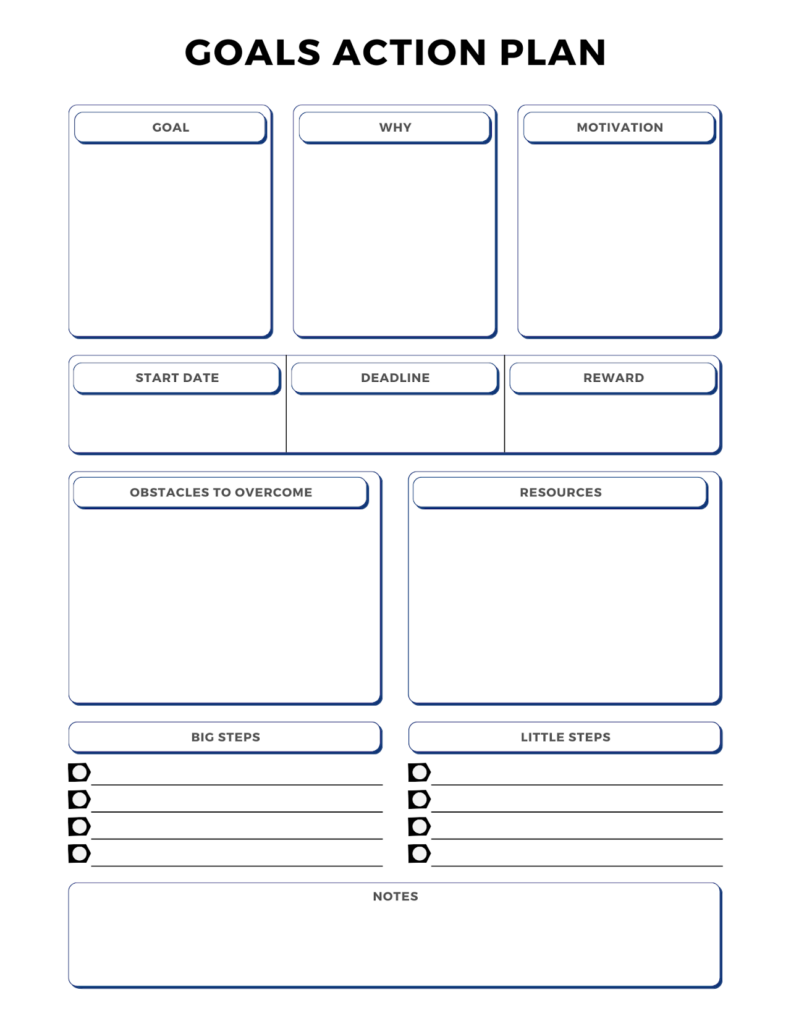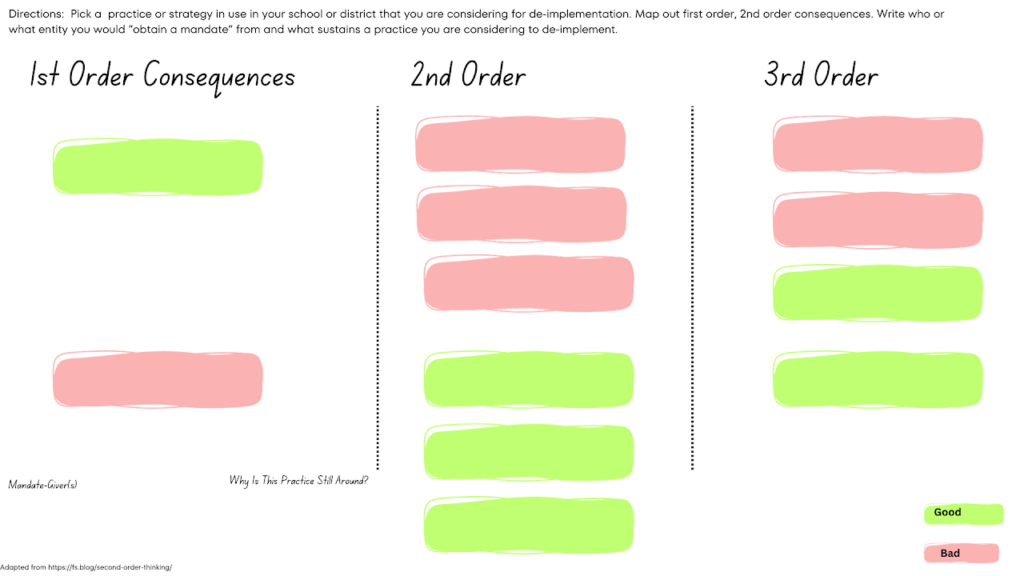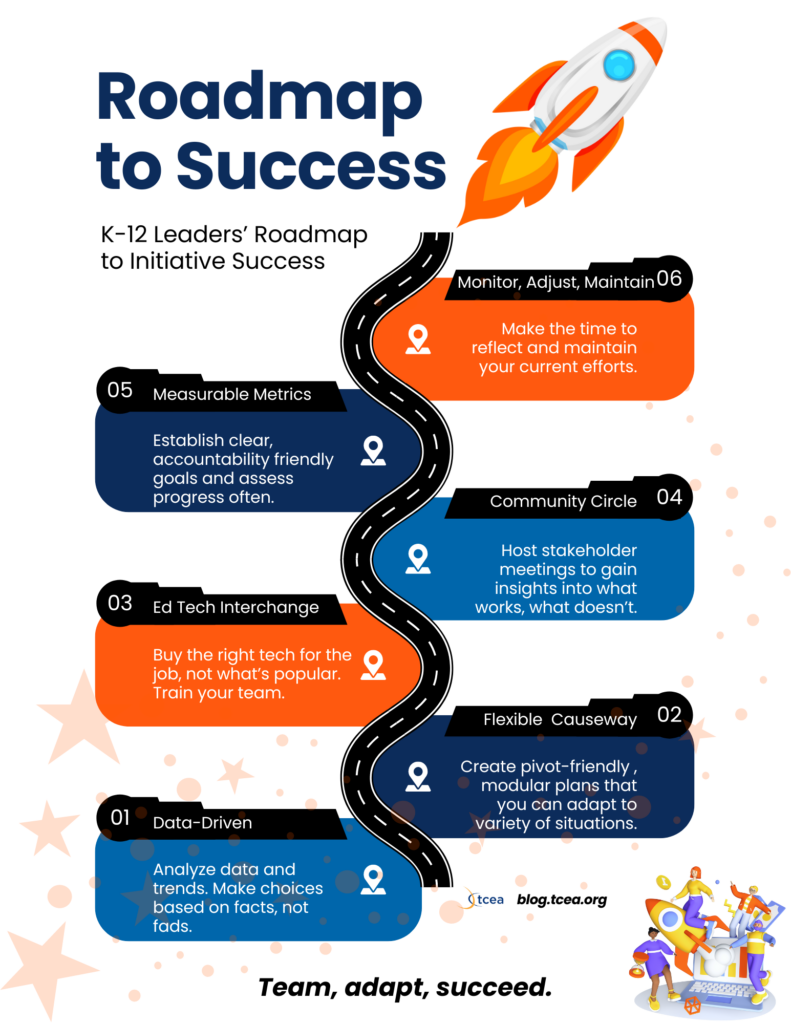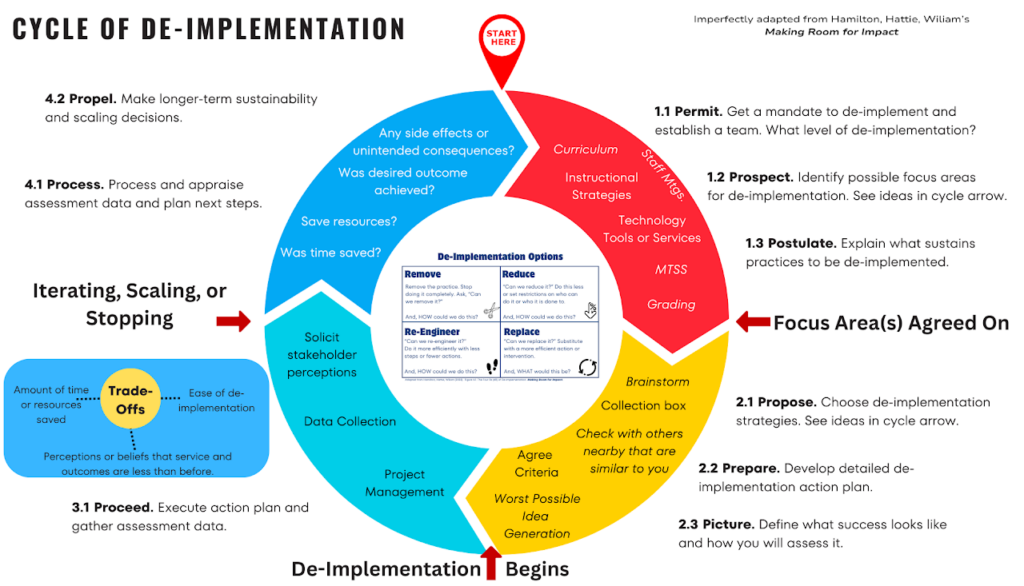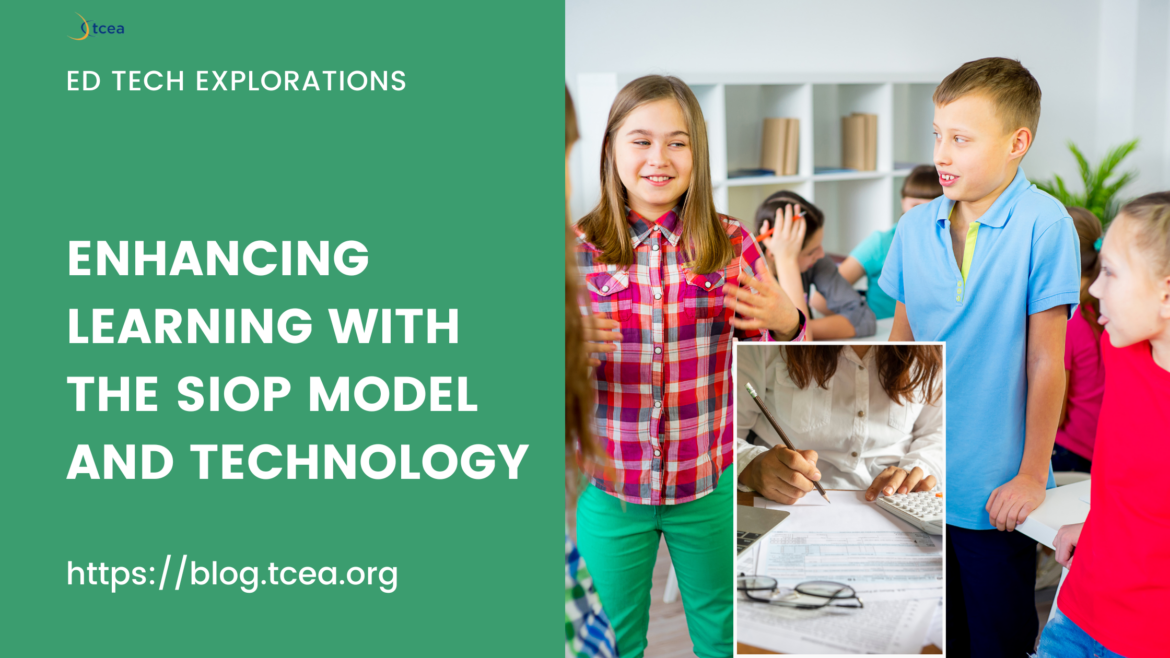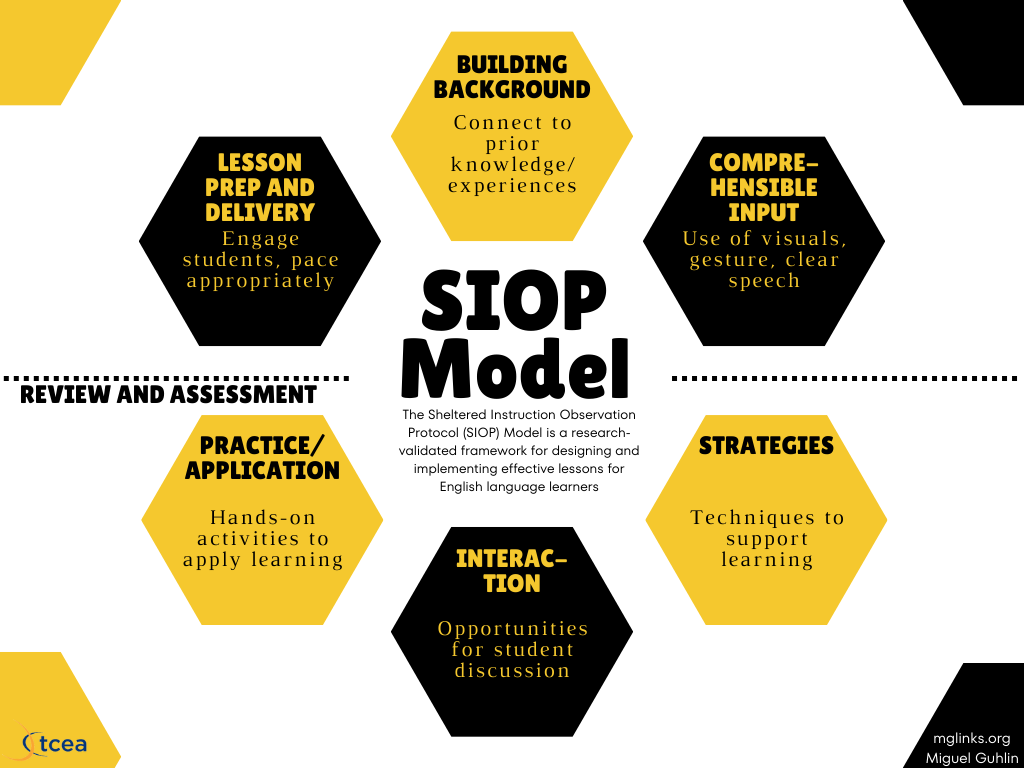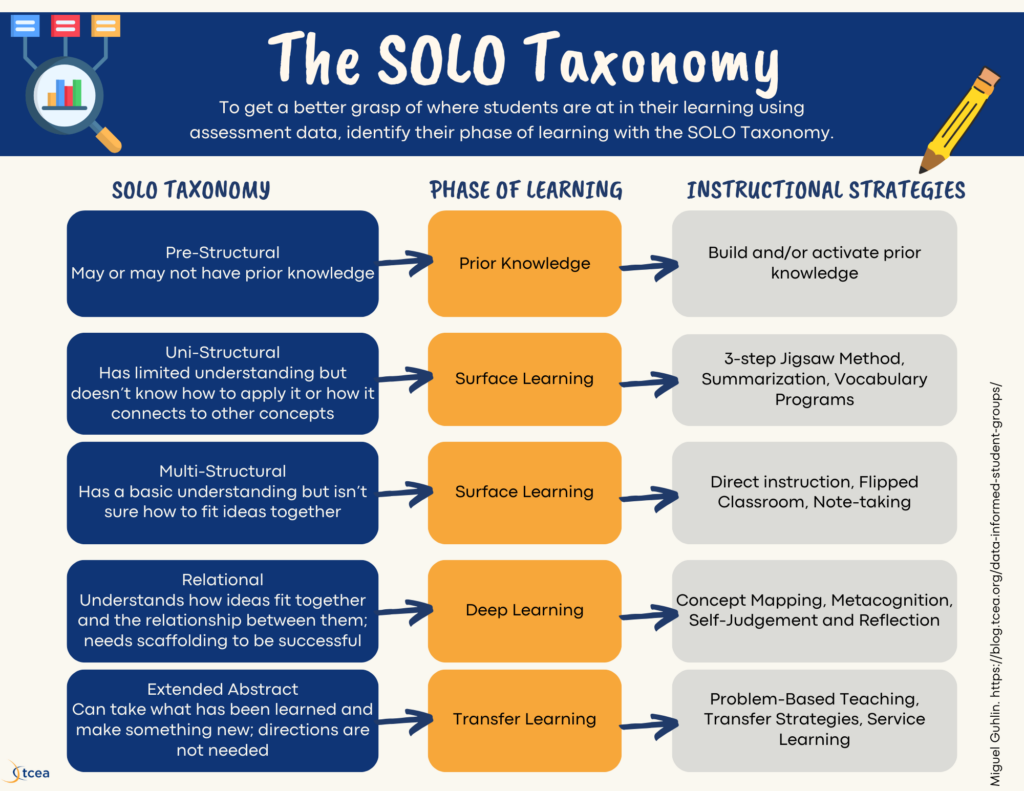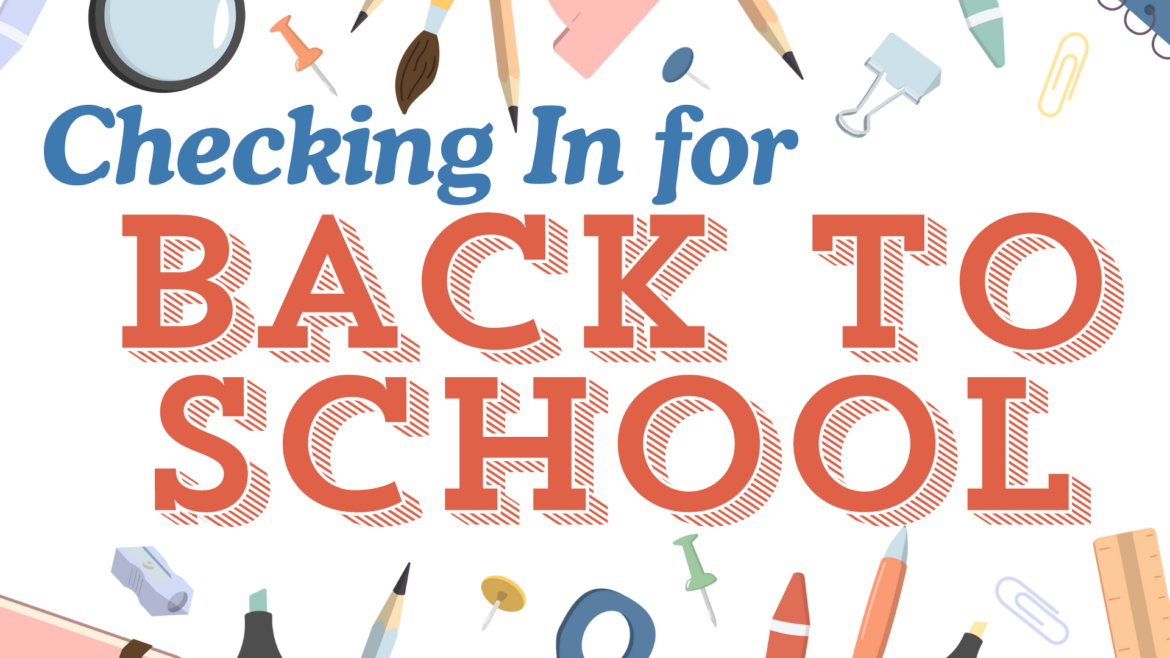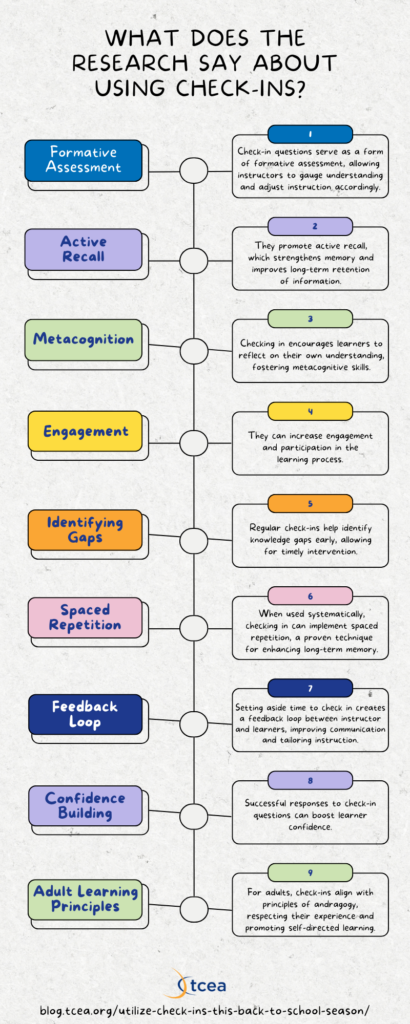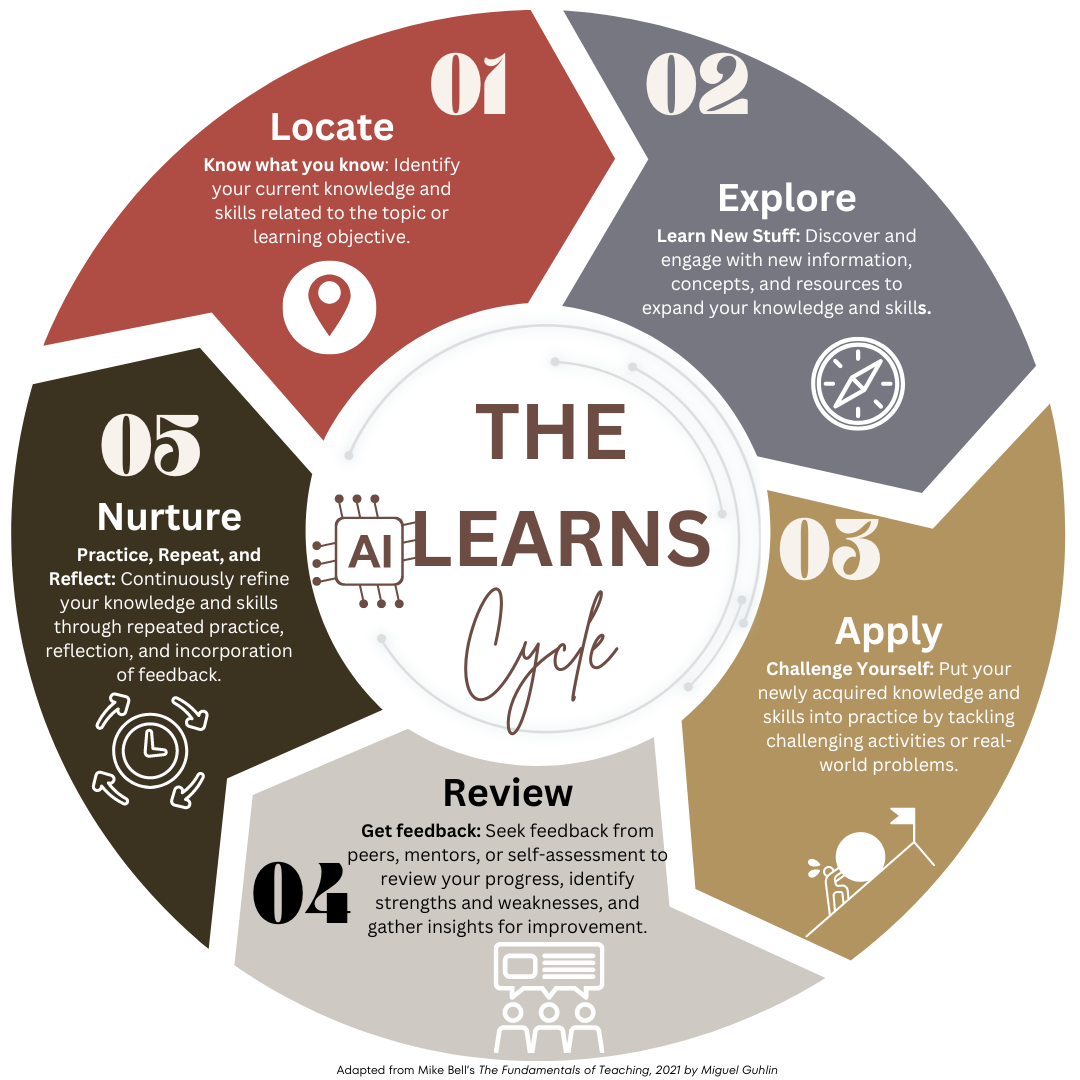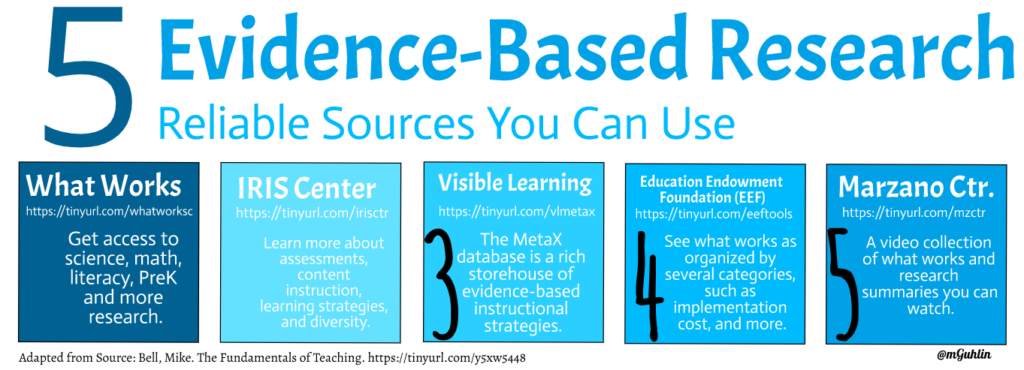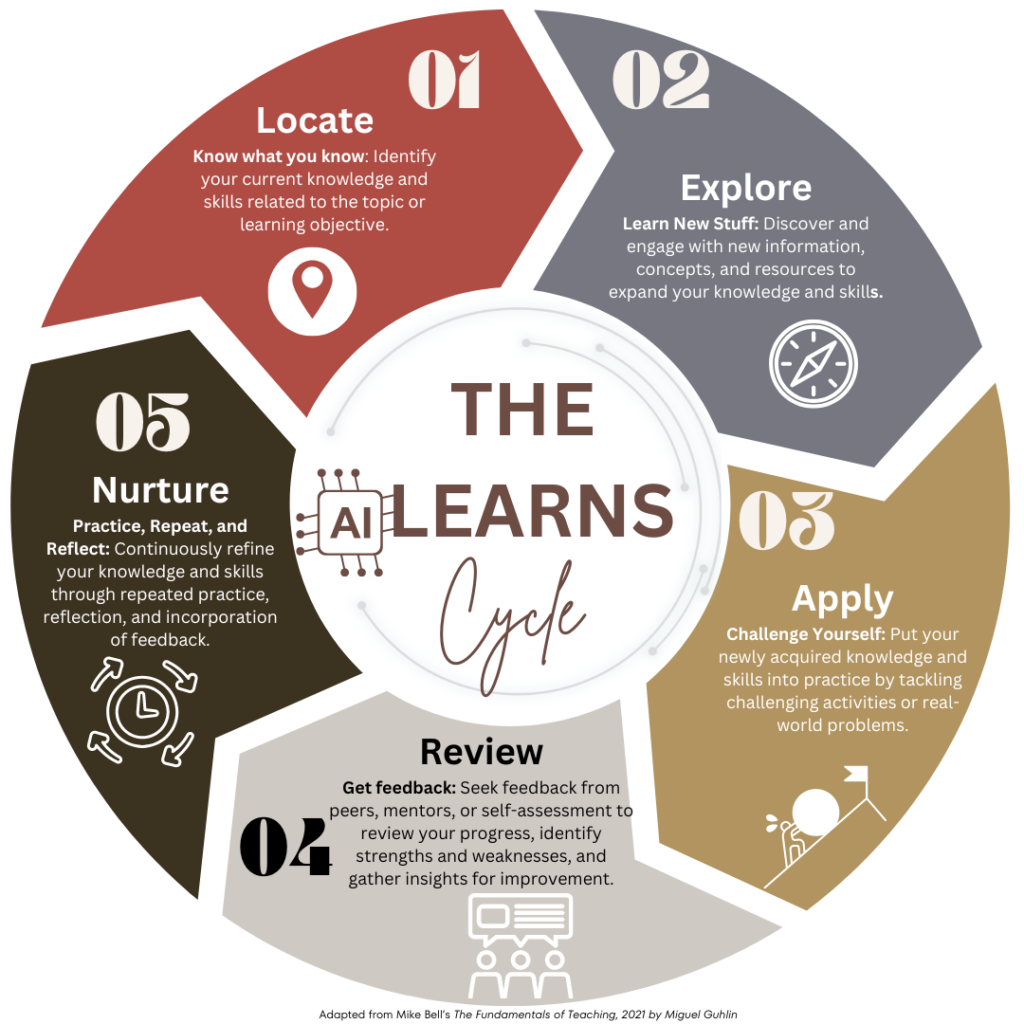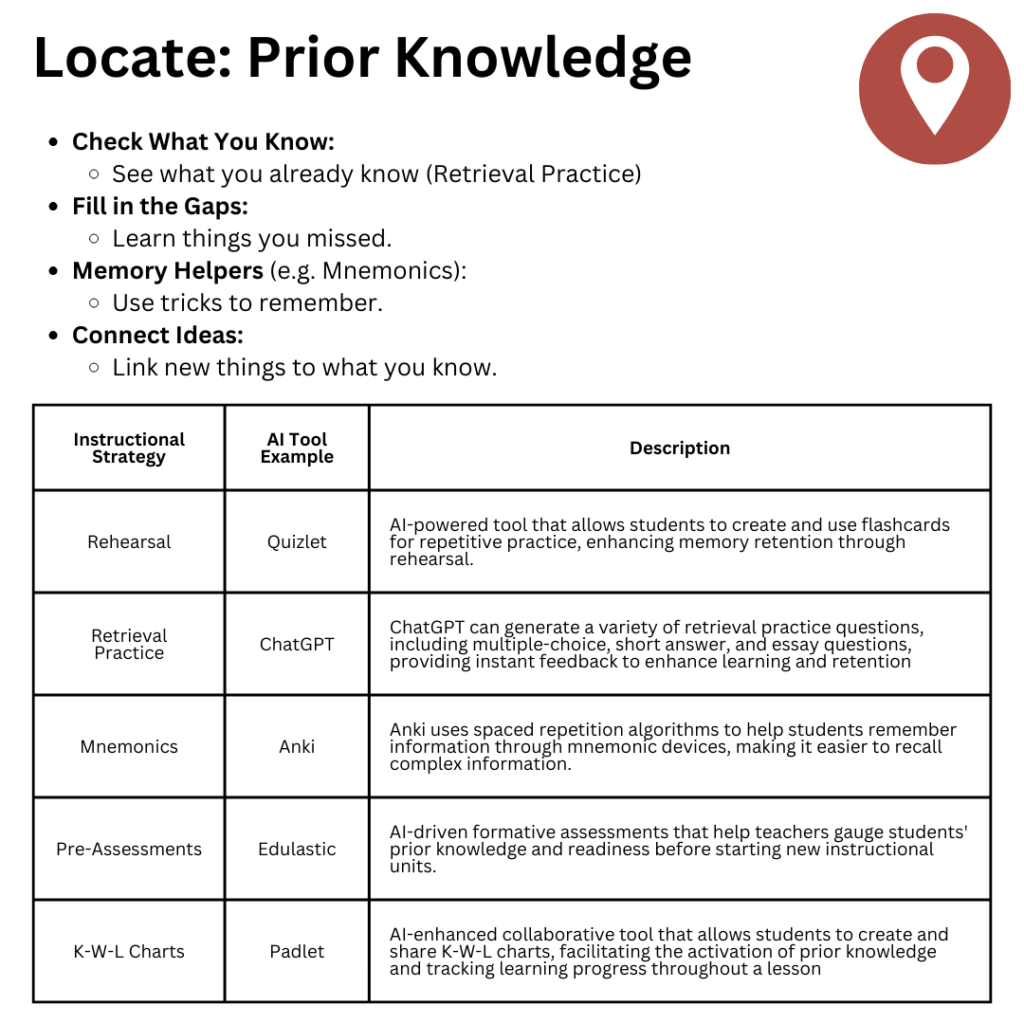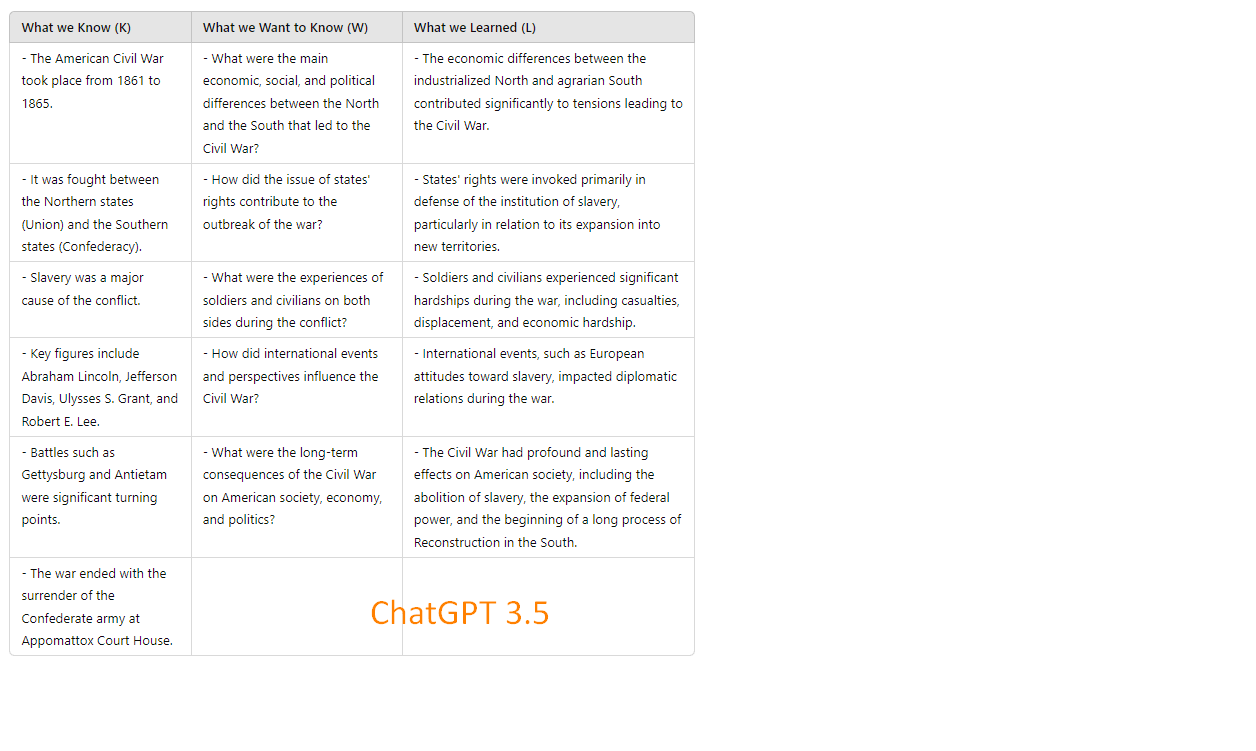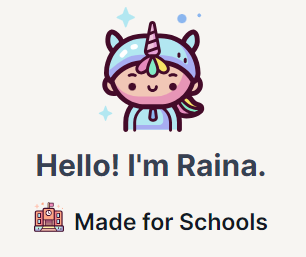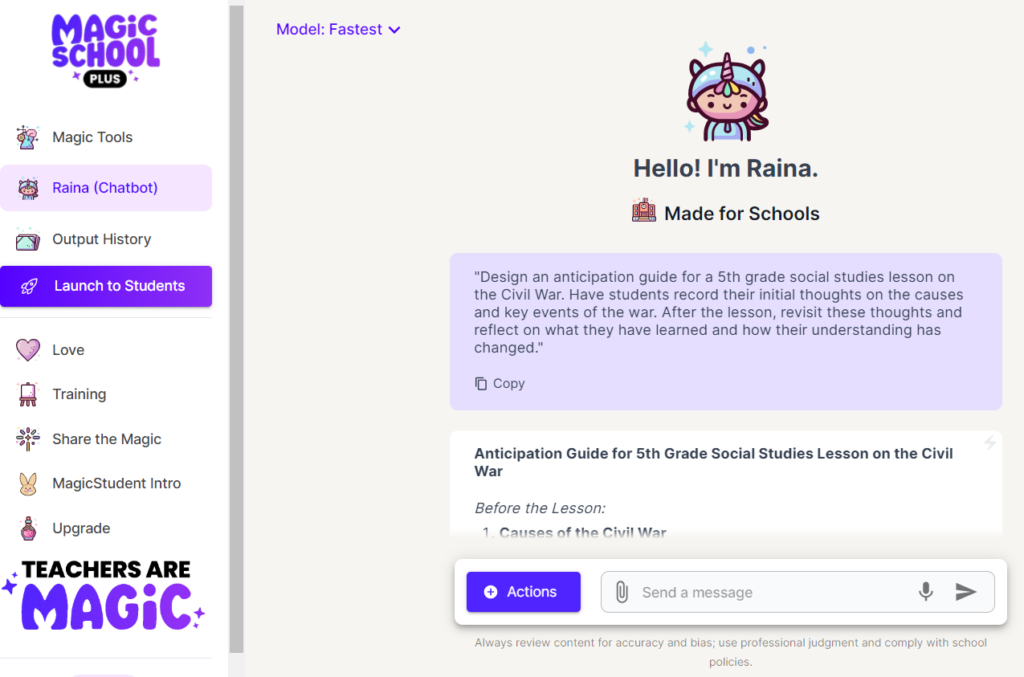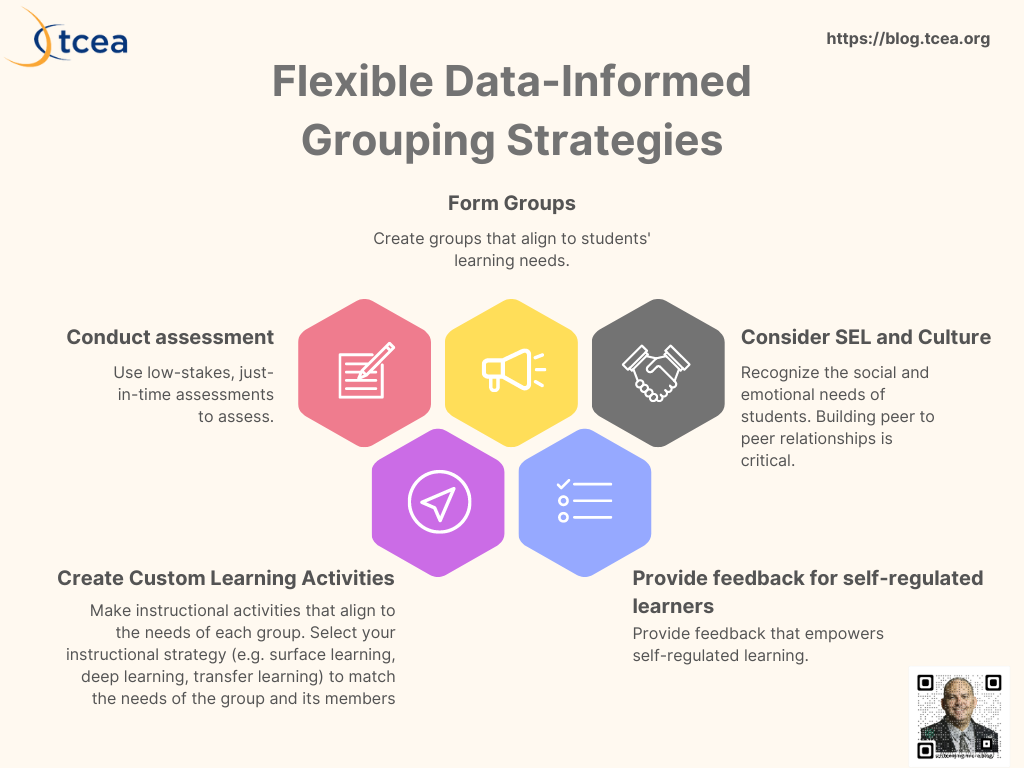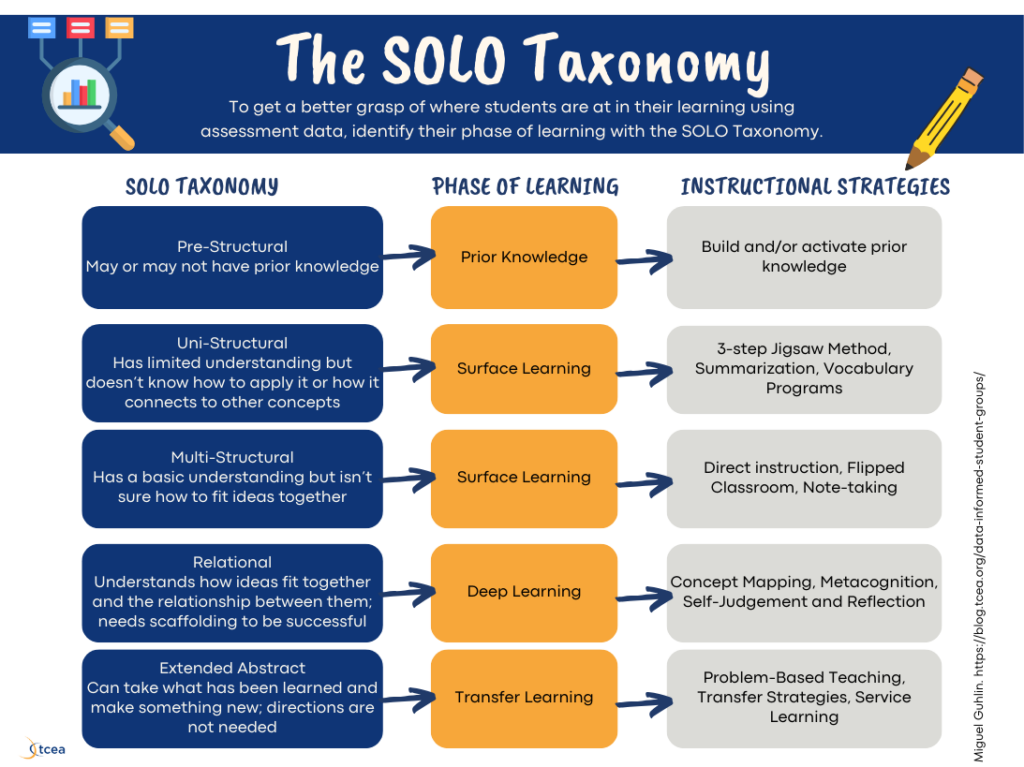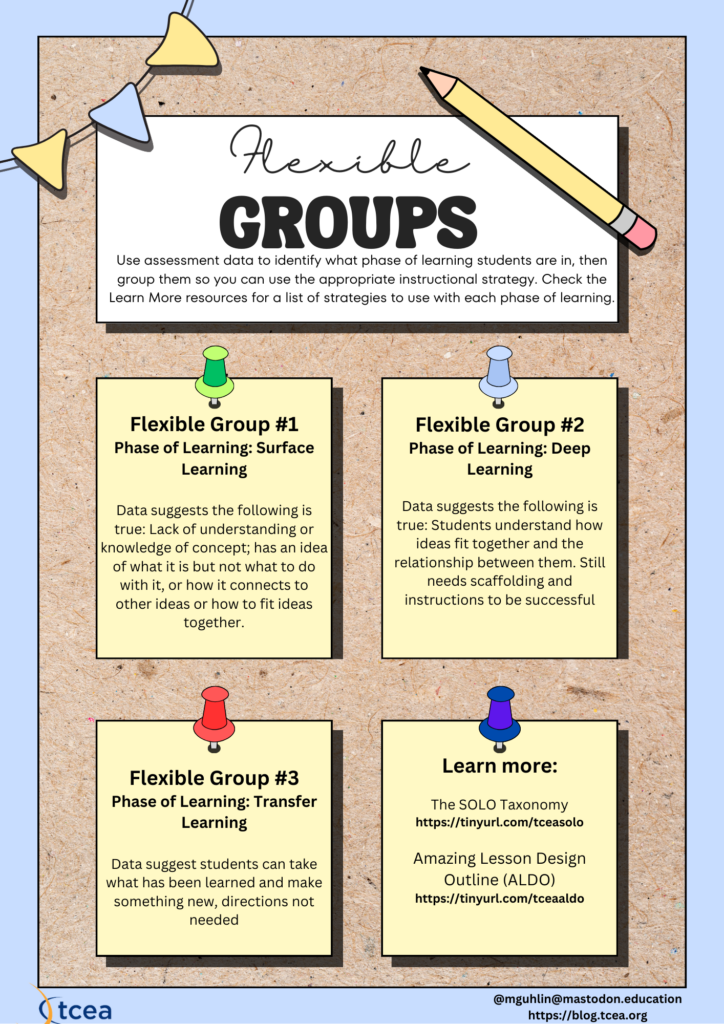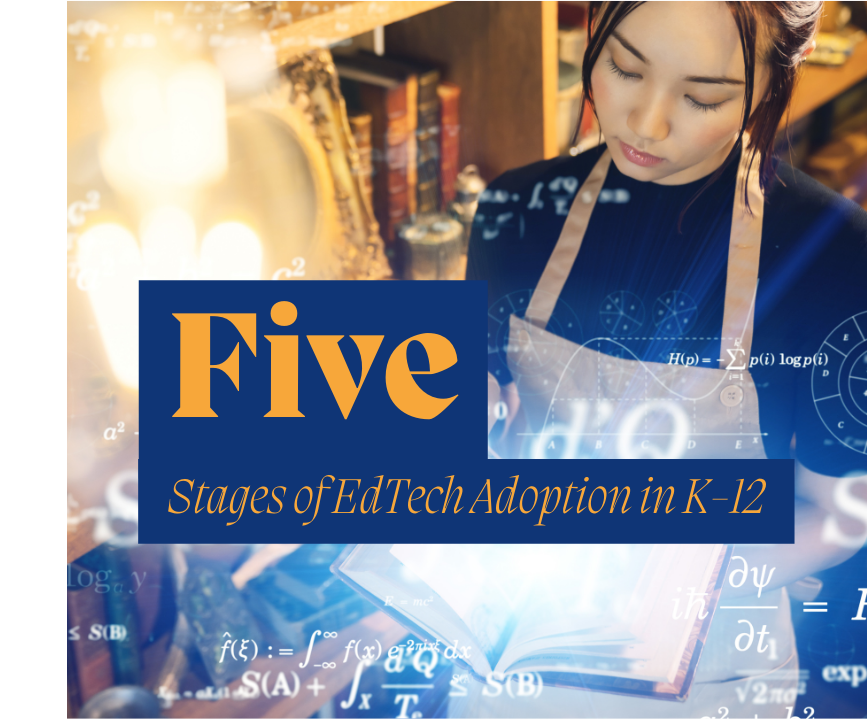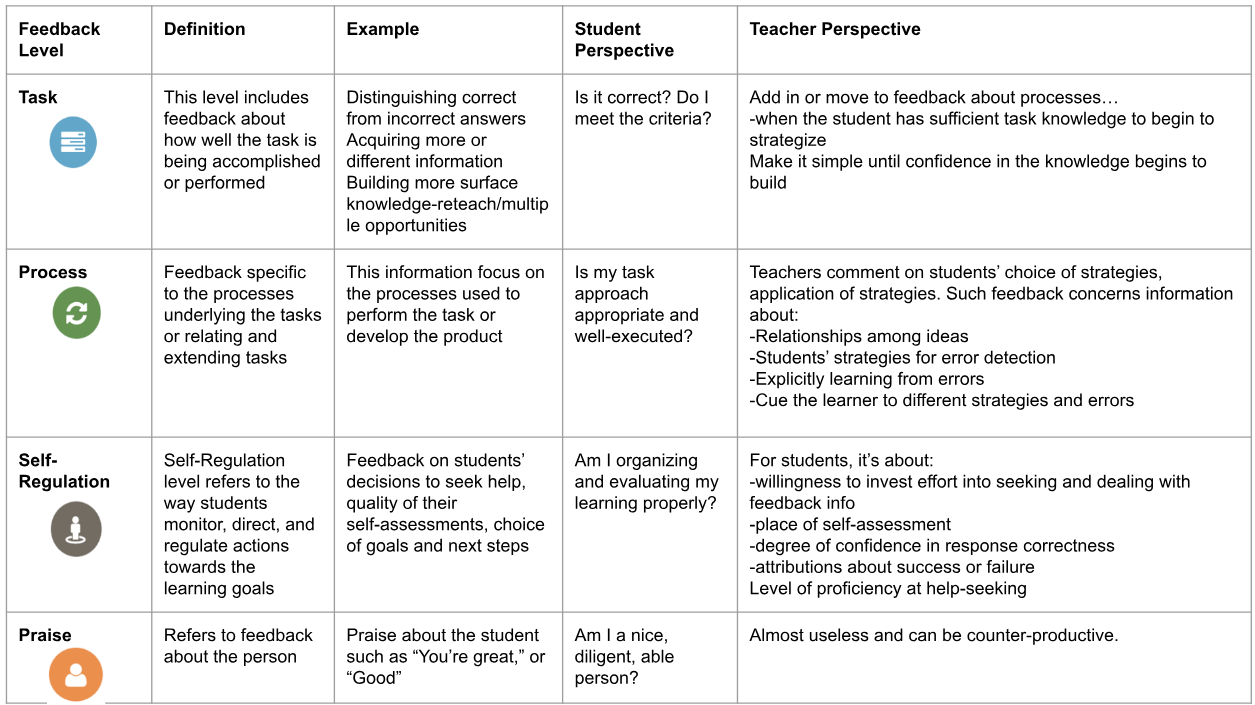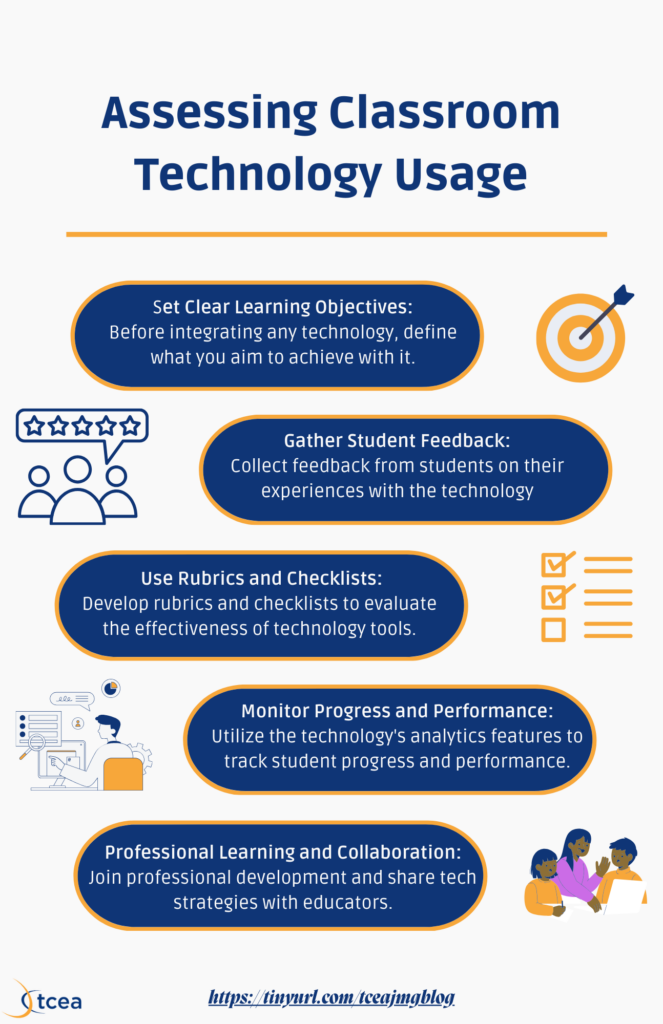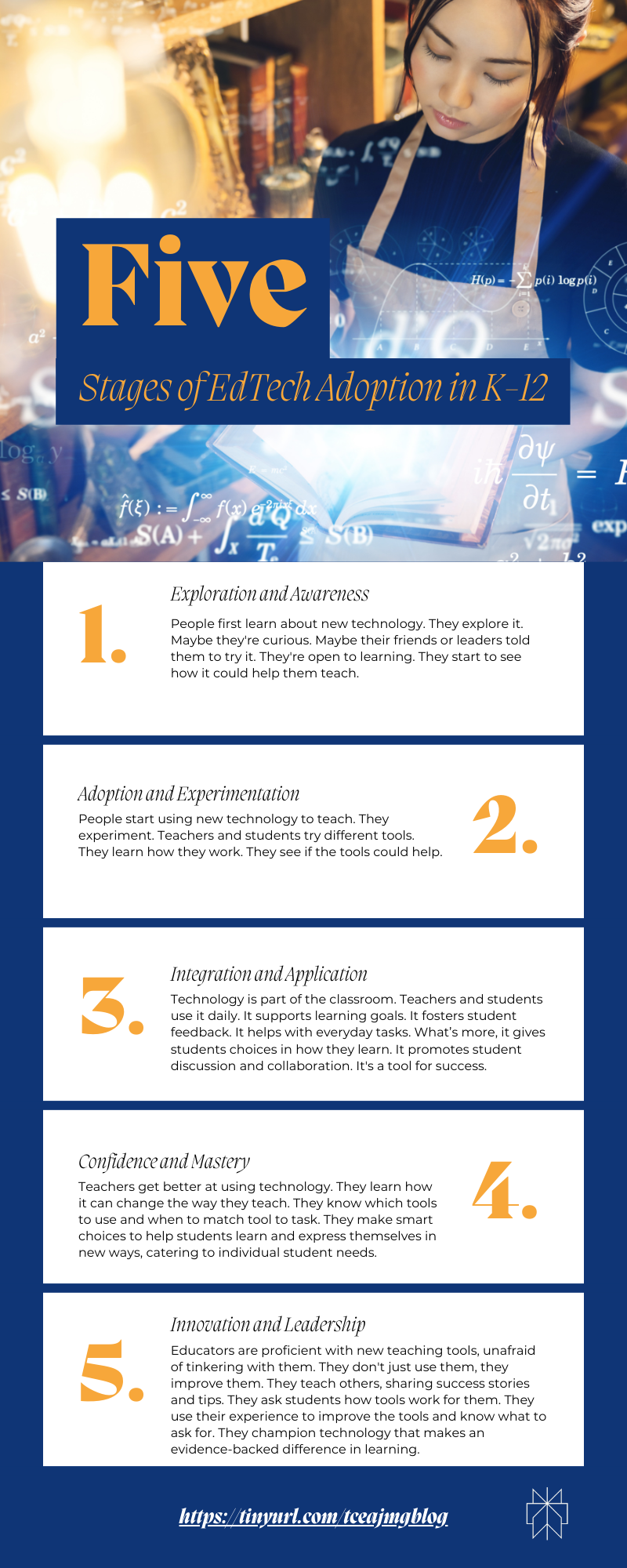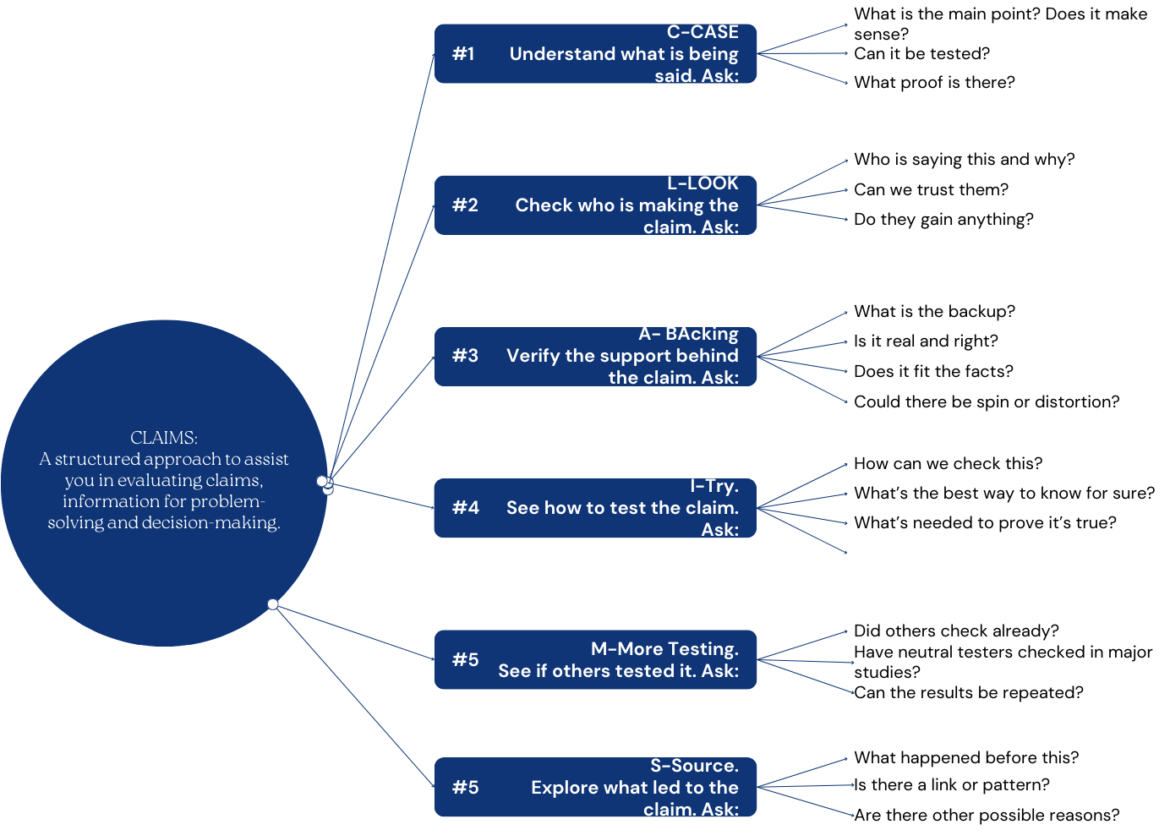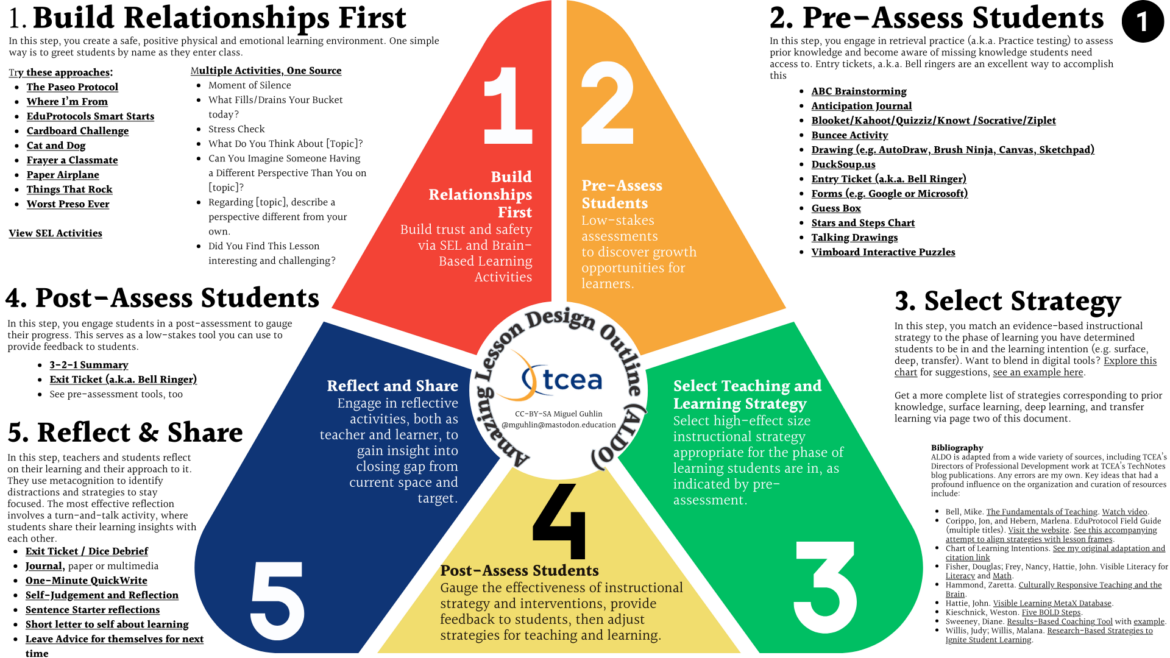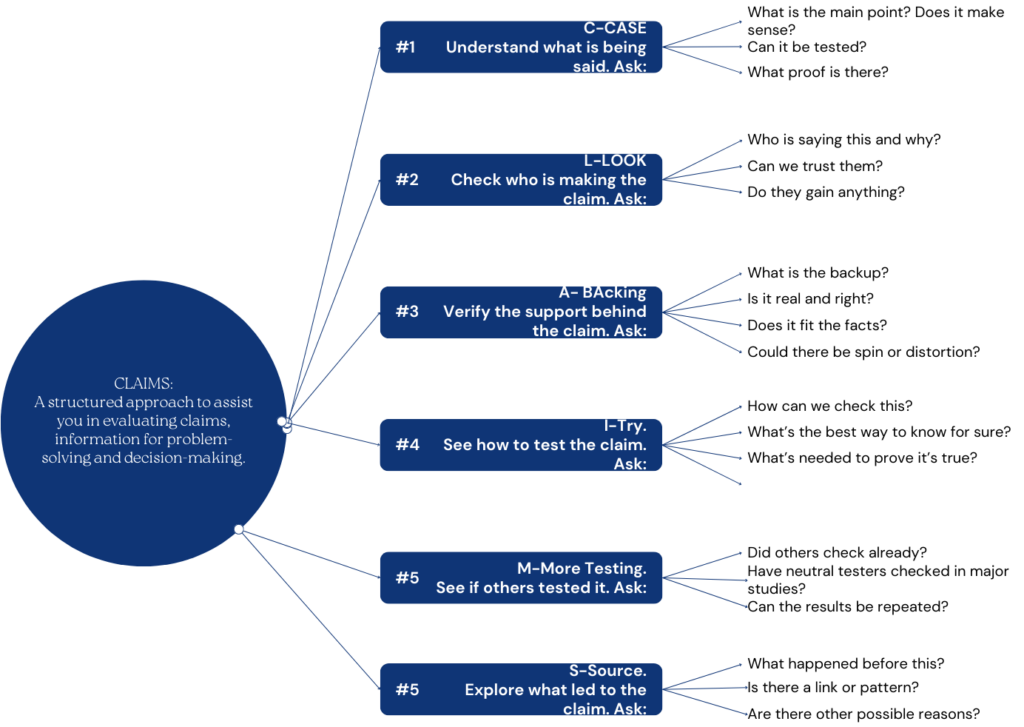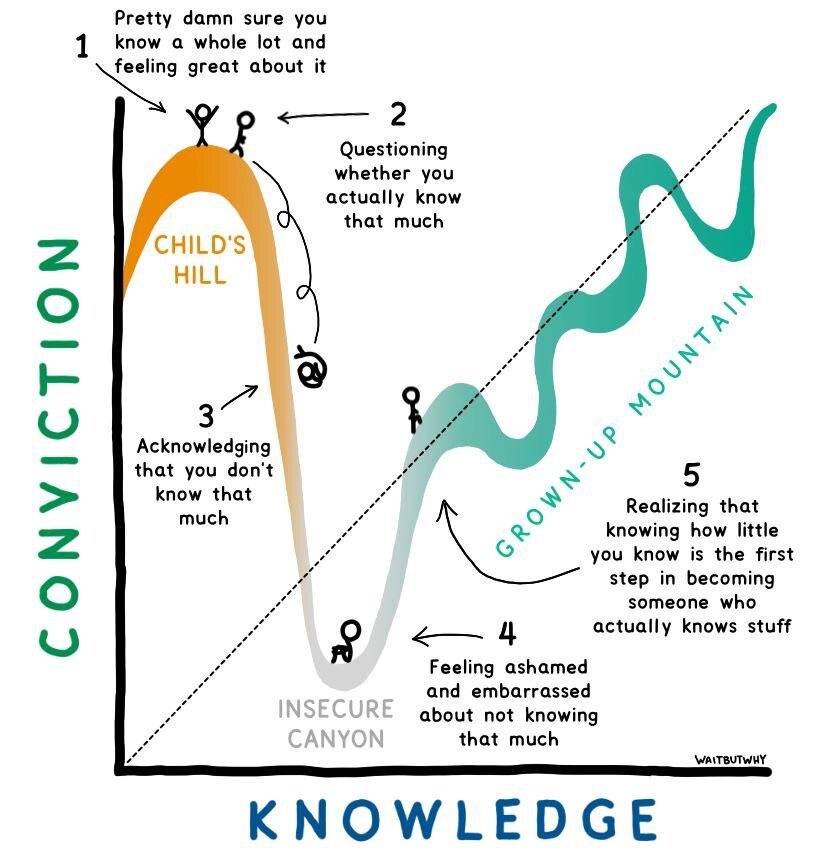What effective learning strategies can you enhance with AI tools? Leverage AI to make you a more effective and efficient learner! Let’s take a look at how you learn. Then we’ll try to answer the question, “How can I use AI chatbots to improve my application of those effective learning strategies?”
Effective Learning Strategies
As an educator (and faithful reader of TCEA TechNotes blog!) you are likely aware of John Hattie’s work. Hattie highlights effective strategies that enjoy a high-effect size. You can see a collection by effect size via the Visible Learning MetaX database. While there are various strategies usable in the classroom, which can your students use on their own?
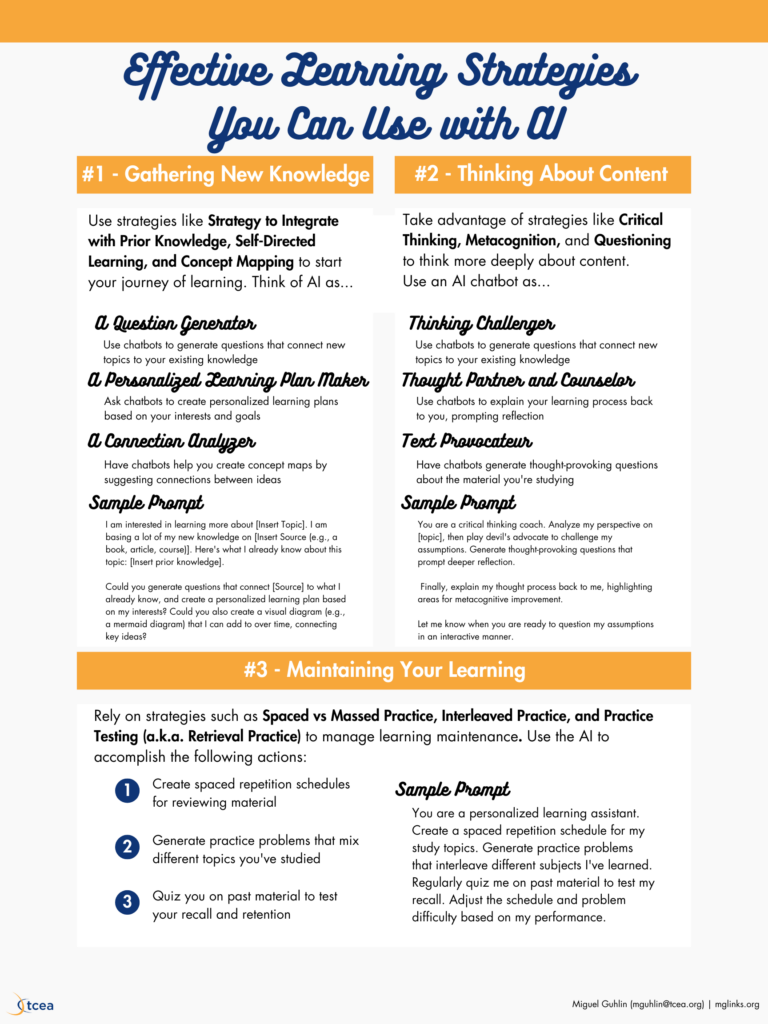
View full-size | Get a copy via Canva
To answer that question, let’s take a look at a few strategies below. You can leverage these on your own, by yourself, and make your own learning more effective. I’ve condensed these strategies into several groups to help you sift through them. Definitions for each are quoted from the Visible Learning MetaX database and linked, and the effect sizes are current as of September, 2024.
Group #1: Gathering New Learning
- Strategy to Integrate with Prior Knowledge (0.93). Connecting new info to what you already know. This helps build better mental maps of ideas.
- Self-directed learning (0.67). You take charge of your own learning. You find info and solve problems with little help from teachers.
- Concept mapping (0.62). Making visual diagrams of ideas. Show how different pieces of info relate to each other.
Group #2: Thinking About Content
- Critical thinking (0.84). Use skills like analysis and reasoning. Helps you decide what to believe and why.
- Metacognition (0.52). Thinking about your own thinking. Includes methods to help you understand how they learn.
- Questioning (0.49). Asking yourself questions during learning.
Group #3: Maintaining Your Learning
- Spaced vs massed practice (0.59). Spreading out study over time vs cramming. Spaced practice involves shorter sessions over a longer period.
- Interleaved practice (0.46). Mixing different types of problems or topics in one study session. Opposite of studying one topic fully before moving to the next.
- Practice testing (0.49). Also called retrieval practice. Improve long-term memory by practicing recalling information.
Now, imagine if you could use AI chatbots to assist you with implementing these? Let’s put together a plan to use AI chatbots and tools.
Let’s ask ourselves, “What is something I want to learn more about?” Often, topics relevant to our work or activities is the best place to start. For example, I want to learn more about Zaretta Hammond’s Culturally Responsive Teaching and the Brain. How could I go about doing that?
Group #1: Gathering New Learning
My first step is to ask myself, “What do I already know about this topic?” And make a list. Then provide that list to an AI chatbot to see what questions it could come up with. These questions can help guide my own learning, and identify areas of study.
You can use chatbots in the following three ways to gather new learning ideas and connect ideas to your prior knowledge. That’s important because without a prior knowledge connection, any new ideas won’t stick.
- Use chatbots to generate questions that connect new topics to your existing knowledge
- Ask chatbots to create personalized learning plans based on your interests and goals
- Have chatbots help you create concept maps by suggesting connections between ideas
Here’s what my prompt looks like:
I am interested in learning more about Culturally Responsive Teaching and the Brain. I am basing a lot of my new knowledge on Zaretta Hammond’s book, Culturally Responsive Teaching and the Brain. Here’s what I already know about this topic:
- Culturally responsive teaching (CRT) is a research-based approach to teaching.
- CRT connects students’ cultures, languages, and life experiences with what they learn in school.
- Understanding where students are coming from can help me build better relationships with them
- Building better relationships with students makes them more receptive to learning new things from me.
Could you generate questions that connect Zaretta’s book to what I already know, and create a personalized learning plan based on my interests? Could you also make a mermaid diagram that I can add to over time connecting ideas?
See an example of an AI chatbot results for this prompt.
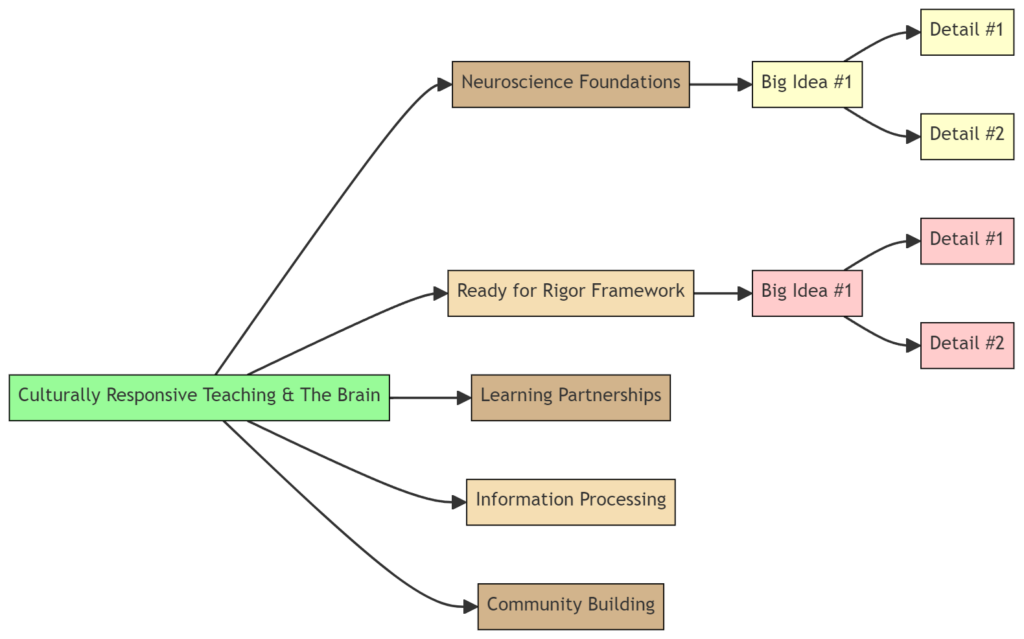
Group #2: Thinking About Content
Now that you’ve gathered new learning ideas, it’s time to dig deeper into the content. This group of strategies focuses on challenging your assumptions, promoting critical thinking, and encouraging metacognition.
By engaging with chatbots in these ways, you’ll develop a more nuanced understanding of the material. This can assist you as you work to improve your ability to analyze and reflect on complex topics.
- Ask chatbots to play “devil’s advocate” to challenge your thinking on a topic
- Use chatbots to explain your learning process back to you, prompting reflection
- Have chatbots generate thought-provoking questions about the material you’re studying
Sample Prompt
Consider the following as a prompt you can use to think more deeply about content:
You are a critical thinking coach. Analyze my perspective on [topic], then play devil’s advocate to challenge my assumptions. Generate thought-provoking questions that prompt deeper reflection. Finally, explain my thought process back to me, highlighting areas for metacognitive improvement. Let me know when you are ready to question my assumptions in an interactive manner.
Want to see how this plays out in regards to Culturally Responsive Teaching? See results in this Google Doc.
Group #3: Maintaining Your Learning
Learning doesn’t stop once you’ve acquired new knowledge. As you know, it’s an ongoing process. It requires consistent review and practice. Mike Bell (The Fundamentals of Teaching) writes:
We form memories when some of the pathways become strengthened by repeated usage. Repeated stimulation leads to pathways becoming permanently open, known as “long-term potentiation.” It takes about a day for pathways to close.
When we first learn something, our recall can initially be near 100%. Over the next few hours, recall starts to fade. Without repetition, memory strength returns to zero. Repeating the same pathways slows the forgetting process so that after several repetitions, we have good long-term memory.
Getting organized to repeat the same pathways to slow the forgetting process can be a bit of a pain. AI can help with that. This group of strategies leverages chatbots to help you reinforce your learning, improve retention, and integrate knowledge across different subjects.
By implementing these techniques, you’ll create a sustainable learning system that ensures long-term mastery of the material. Please find the three actions below:
- Use chatbots to create spaced repetition schedules for reviewing material
- Ask chatbots to generate practice problems that mix different topics you’ve studied
- Have chatbots quiz you on past material to test your recall and retention
With that in mind, here’s a prompt (see results) you can use to assist you.
Sample Prompt
Here’s a prompt to assist you in maintaining your learning:
You are a personalized learning assistant. Create a spaced repetition schedule for my study topics. Generate practice problems that interleave different subjects I’ve learned. Regularly quiz me on past material to test my recall. Adjust the schedule and problem difficulty based on my performance.
One Final Takeaway
The key is using the AI tools to support and enhance your learning strategies, not replace your own thinking and effort. Chatbots can help make the strategies more engaging and personalized.

